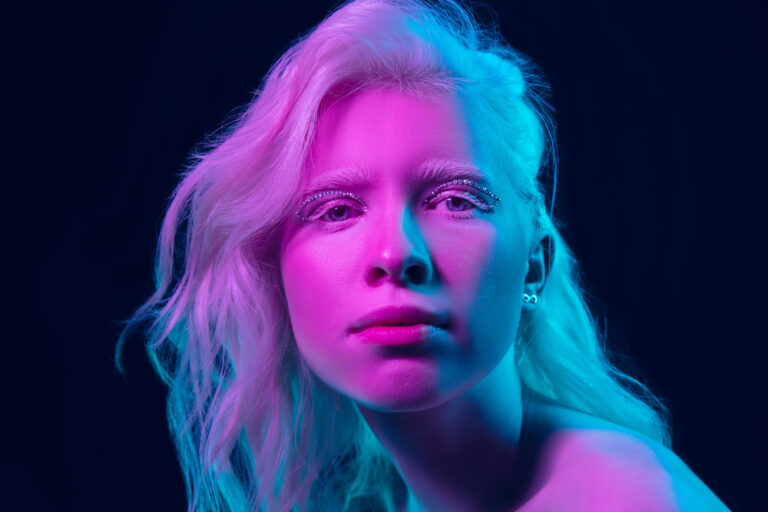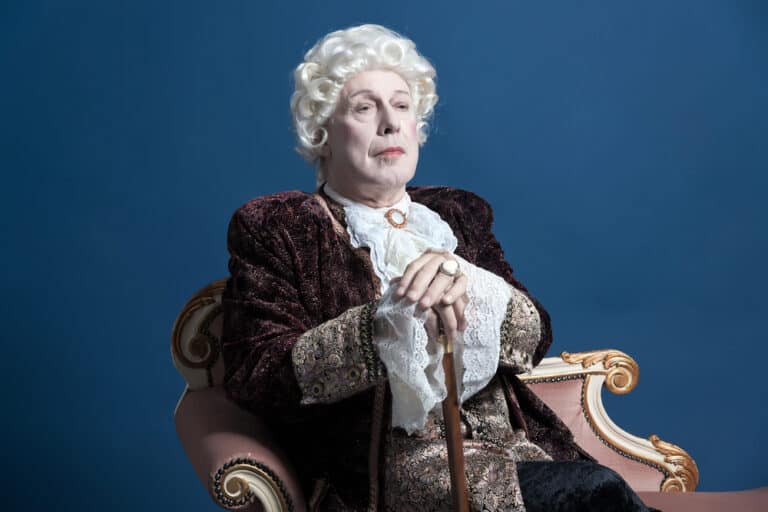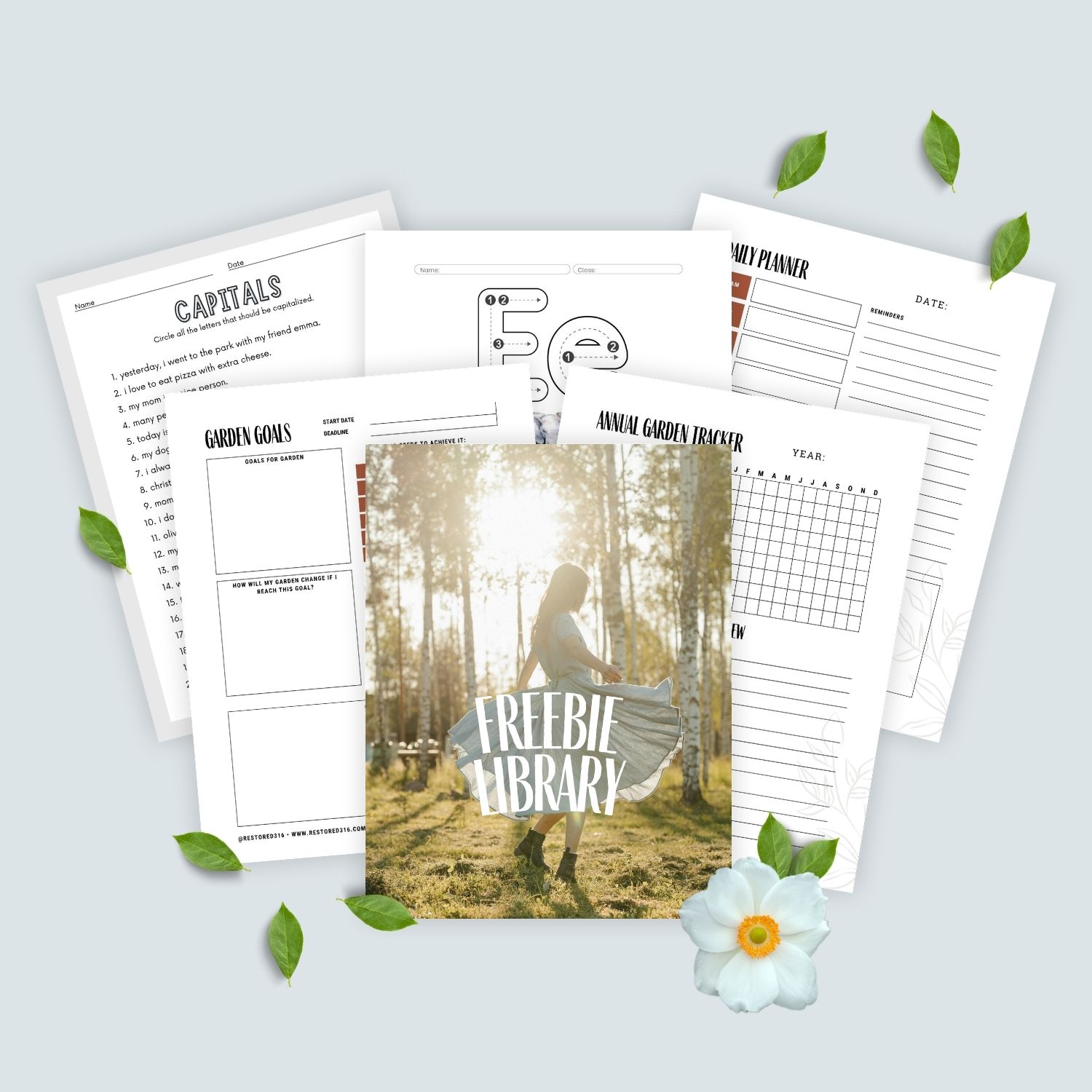Are Dreads Dirty Hair? Why Do Dreadlocks Look Dirty?

Dreadlocks, which originated thousands of years ago, are popular to this day due to their low maintenance and symbolic significance. Yet, many dreadlock myths exist.
One common misconception from misinformed people that has spread like wildfire is that dreads are dirty. Are dreads dirty, really? In this article, we’ll answer this question in detail.
Table of Contents
Are Dreadlocks Dirty Hair?
Dreadlocks are not just dirty hair, in fact, dreads aren’t inherently dirty. Just because you get dreadlocks does not mean that your hair and scalp will be dirty. There are dirty dreadlocks, and there are clean dreadlocks.
The cleanliness of your dreadlocks will depend on many factors, from your washing and maintenance routine to the sun—more on that in the next section.
Causes of Dirty Dreadlocks

In this section, we’d like to break down some of the main causes of dirty dreadlocks and dirty-looking dreadlocks to give you an idea of what to look out for.
This information will be helpful whether you’ve just started your dreadlocks or are thinking about trying them.
- Neglect: Having dreadlocks is not an excuse to neglect your hair. If you neglect your locs, they’ll look and smell dirty. While dreads do not need to be washed excessively, going too long between washes can lead to a buildup of skin cells, visible dirt, and an off-putting smell.
- Improper washing: If your dreadlocks are dirty, it’s important to wash them. Since dreadlocks shouldn’t be washed often, it’s so important to wash them properly every time. Without proper washing, dreads will begin to accumulate dirt and buildup.
- Natural color change: Another reason why dreadlocks might look dirty is as a result of a color change. Sometimes, the color change may be caused by the accumulation of dirt. Other times, sun bleaching can cause your dreadlocks to look dull and ashy near the ends.
- Chemical changes: When dreads come in contact with chemicals like hydrogen peroxide and chlorine, they begin to lose their shine, luster, and natural color – this can cause them to appear dirty. Chemical dyes are also not recommended for dreads because they dull your dreads, making them look dirty over time.
Do Dreadlocks Get Moldy?

If dreads begin to take on the smell of a sweaty locker room or long-worn socks, this is a sign of dread rot.
Dread rot is a term used to describe moldy dreads; it occurs when you wash your dreads and fail to dry them out thoroughly, leaving moisture in them. This trapped moisture creates the perfect environment for mold and mildew growth.
Moldy dreads tend to take on a whitish tint, but they also develop a mildewy smell that’s difficult to conceal. In severe cases, they can even cause respiratory problems.
Most people who have dreads will never have to deal with moldy dreads. You can prevent the development of mold by ensuring they’re properly washed and drying your dreads completely afterward (more on this later).
How to Keep Dreads Clean
Now that you know why dreads might be dirty, we’d like to share with you several effective ways to keep your dreads looking healthy and clean. The sections below will make the process easy.
Wash Your Hair
Washing your dreads, like you would normal hair, is arguably the most important part of maintenance. Follow the below steps to wash them thoroughly:
- Wash your dreads with a clarifying residue-free shampoo. The shampoo should be able to loosen and remove dirt and excess oils.
- Scrub your scalp and make sure that you work the shampoo into the entire length of your dreads.
- If needed, reapply the shampoo to ensure that the hair is totally clean.
- Rinse the shampoo out. It may take several minutes of constant rinsing.
*If your dreads are new, you will have to wash them gently so that there won’t be excessive unraveling.
Follow up the wash with conditioner and moisturizer as you see fit.
Deep Clean Dreads with a Baking Soda and ACV Rinse

Due to the nature of dreads, debris and natural oils may get trapped over time. If this happens and you notice buildup in your dreads (e.g., oily hair), a baking soda and apple cider vinegar (ACV) rinse can give your dreadlocks the deep clean they need.
Here are the steps to follow for an ACV and baking soda rinse:
- Place an inflatable basin on the floor and fill it with warm tap water.
- Add a cup of baking soda and a couple of tablespoons of ACV to the basin. Feel free to add a few drops of your favorite essential oils if you’d like.
- Stir the mixture a bit with your fingers.
- Lay down and submerge your dreads in the basin. Ensure that all of your dreads are in the basin. You may need to use a small cup to wet the dreads along your hairline. You can also move your dreads around in the mixture to encourage the absorption of the baking soda and ACV.
- After about 30 minutes, raise your head out of the basin and squeeze the excess liquid out of your locs. The water will look brown and gunky – that means the rinse is working.
- Empty out and refill the basin. Repeat the above steps as many times as you’d like. 2 to 3 soaks should be sufficient.
After the rinse(s), your hair will be free of residue and bad odors, and your scalp will feel invigorated and fresh.
Some say that you should do an ACV/baking soda rinse a few times a year, but the choice is yours. Whenever your dreads feel like they are coated in something, have visible buildup, or develop a smell, feel free to do an ACV/baking soda rinse.
Keep Them Dry
Any time you wash your locs, finish a sweaty workout, or moisturize your locs, make sure you dry them completely. Air drying or blow-drying them with low heat is usually sufficient to get the moisture out of your hair.
Before you tie your locs up for the night, or cover them for any other reason, make sure that they are 100% dry. Squeeze them at multiple points to ensure that they are dry on the inside as well as the outside.
If you let your dreads stay wet on the inside, they will begin to grow mold and start to stink. Do not let your dreads stay wet for longer than two hours.
Avoid Excessive Moisturizing
Applying excess moisturizer and oil can cause your dreads to stay wet for longer than they should, leading to buildup and mold growth.
At the same time, you should not neglect to moisturize your hair, as it will lead to brittleness, dryness, and even breakage.
So, it’s essential to find a middle ground and only use lightweight oils and water to keep your locs moisturized.
Cover Them

Covering your dreads up when you’re out and about or cooking can keep your locs smelling and looking cleaner. External pollution, scents from food, and dust combine to make your dreads look and smell dirty.
While some people wouldn’t think of covering their dreads while they’re out, it may be a good idea if you’ll be making salmon or another smelly meal, or if you’re going to the beach where sand will be in the air. You might also want to cover your locs if you’ll be cleaning the house.
If you aren’t too keen on covering your dreads, make sure that you wash your hair if it starts to smell bad.
Conclusion
The cleanliness of your dreadlocks will depend on many factors, from washing and maintenance to physical activities.
Washing your hair, especially if you have long hair, is arguably one of the most important parts of maintaining dreadlocks.
Cleaning your locks is not just a matter of getting them wet with water; you should be conscientious about how often you wash them as well!
If you’re still unsure what’s appropriate for your hair type or if it’s been a while since you last washed, be sure to watch the videos within this article.
We hope that we’ve dispelled the myth that dreads are dirty. Though locs have the tendency to hold onto dirt and smells, they won’t be dirty if you take adequate care of them.
With regular washing sessions, protection from outside elements, deep cleansing sessions, and sufficient drying, your dreads will look and smell great!







